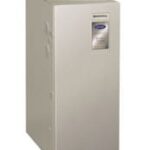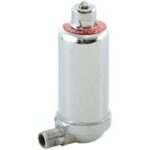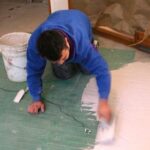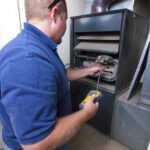Zoned heating lets you control how much heating (or cooling) is delivered to each area of the house by employing dampers in the ductwork.
Need Help NOW? Get a Local Heating Pro Fast!
Does your home have an upper story that is about 10 degrees hotter than the rest of the house on summer days? Does it have basement rooms that are freezing in the winter? If certain parts of your house are much hotter or colder than the areas measured and controlled by your thermostat, it’s time to investigate zoned heating.
With today’s open floor plans and multilevel houses, zoned heating has become an important concept in managing efficient energy usage.
What is zoned heating? It’s simply the ability to control the amount of heating (or cooling) that goes to various parts of the house.
If you live in a two-story house, for example, it is the ability to maintain a higher set point on the downstairs thermostat without overheating the upstairs area when warm air rises into upper rooms. This can be done in one of two ways: 1) installing more than one heating system (one for upstairs and one for downstairs), or 2) installing a programmable zoned heating system.
With a programmable zoned forced-air system, you can independently control the air flow sent to various rooms or zones in your home, directing heating or cooling where you want it at various times of the day. This type of system utilizes special multizone programmable thermostats and a few motorized dampers that are fitted to the duct work that delivers conditioned air throughout the house.
For best results, this type of system employs a variable-output furnace that can adjust the amount of heating or cooling delivered throughout the house according to the need.
Featured Resource: Find a Pre-Screened Local Furnace & Heating Pro




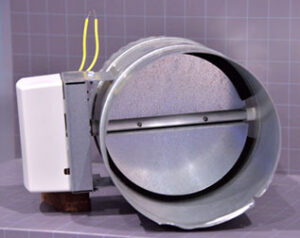

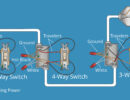


 Don Vandervort writes or edits every article at HomeTips. Don has:
Don Vandervort writes or edits every article at HomeTips. Don has:
